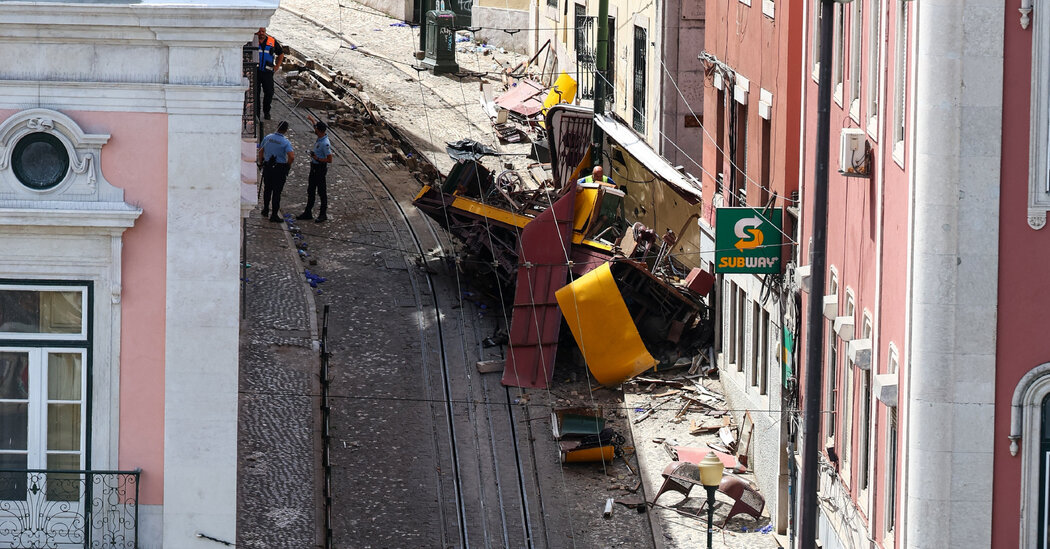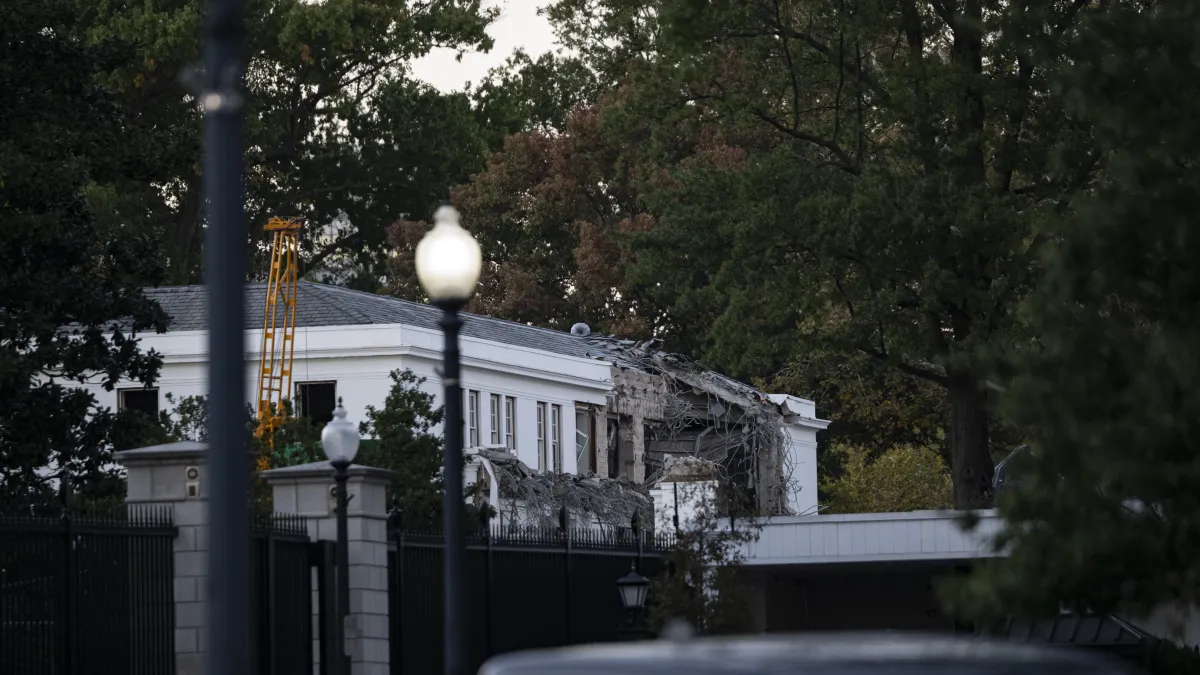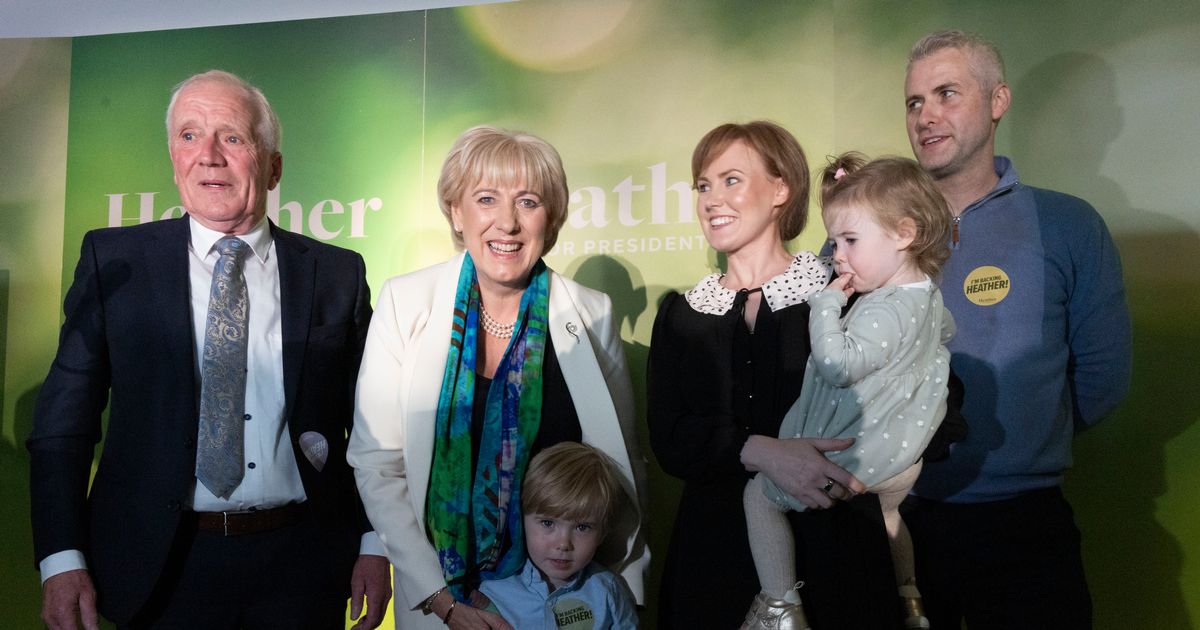Copyright The New York Times

The cable that snapped on a landmark funicular popular with tourists in the center of Lisbon last month, causing a deadly crash, was not certified for use in public transport, according to a report released Monday evening. The preliminary report on the accident, which killed 16 people and horrified all of Portugal, said one of the city’s public transport companies, Carris, used the incorrect cable for the funicular, though it noted that identical incorrect cables had operated for longer in this and another funicular without incident. None of Lisbon’s funiculars are operating, and the report recommended they remain closed for now. “It is not currently possible to determine whether the cable’s noncompliance is or is not relevant to the accident,” said the report by Portugal’s Office for the Prevention and Investigation of Accidents in Civil Aviation and Rail. But, the report said, the cable was not “certified for use in passenger transport facilities,” and as an earlier report had indicated, it ruptured at the point of attachment to the car when it was at the top of the hill. The car then accelerated for 20 seconds, reaching speeds of up to 30 miles per hour as it sped downward before the deadly impact. A final report is expected around September 2026, but the one released on Monday said that the “the braking system of the carriages was not effective” in stopping the car’s descent, and that no record existed of the agency testing the emergency break in the event that the cable snapped. As a result, the report’s technicians concluded, “the safety of the system depended entirely on the cable.” And maintenance on the cable, which Carris had outsourced to private companies for 20 years, was unsatisfactory, said the investigators, who also noted that inconsistencies on the time sheets of inspectors raised questions about maintenance apparently performed on the day of the crash. In any case, the cable was not scheduled to be inspected that day. The report said that the company that has held the maintenance contract since 2019, MNTC, “lacks the necessary engineering team with specialized technical knowledge of funicular systems, as well as the resources required to develop, update and adapt maintenance actions to operational realities.” The crash, which also injured more than 20 people, emerged as an issue during Lisbon’s mayoral campaign, with critics of Mayor Carlos Moedas seeking to blame his business-friendly administration for the crash. Mr. Moedas, who in an interview last month called the politicization of the crash disgusting, won re-election this month. On Monday night he said that the report showed that the crash resulted from “technical causes not political ones.”



